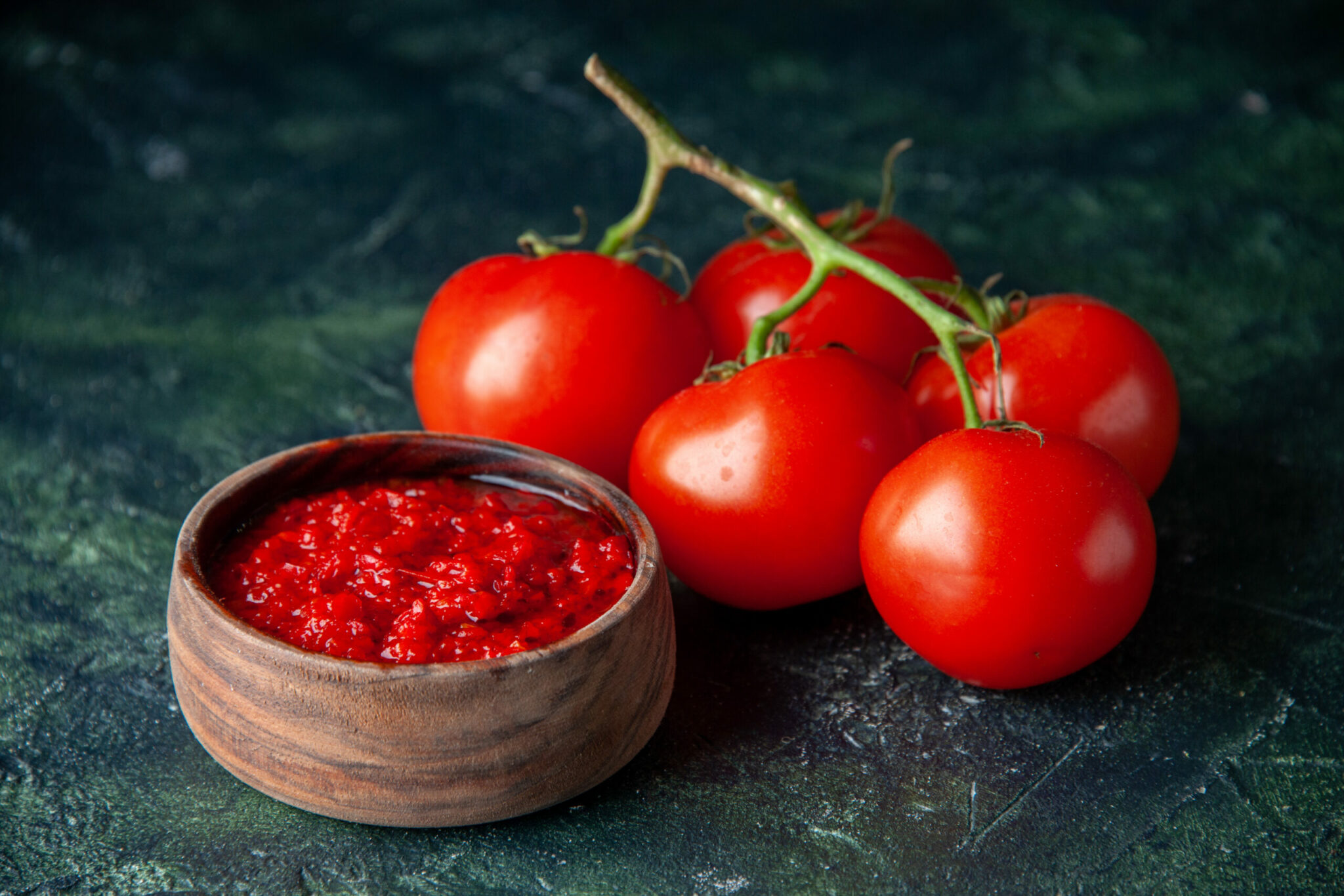Tomato-based ingredients are so flexible; you’ll find them in almost every recipe. And because they’re mostly made of the same thing- tomatoes- it’s common to assume they can be interchanged. While this idea isn’t far from the truth, you still need to take note of what ingredient you’re switching for what. And when you’re replacing tomato sauce with tomato paste, this is essential.
Though both ingredients are made from peeled and deseeded tomatoes, they also share tons of differences. So, the best way to use one for the other is to understand these distinctions. When you’ve fully grasped their contrasting features, you’ll be able to tell how much tomato paste replaces tomato sauce in a recipe. You’ll also switch tomato sauce with tomato paste in popular ingredients, including lasagna, pizzas, and many other recipes.
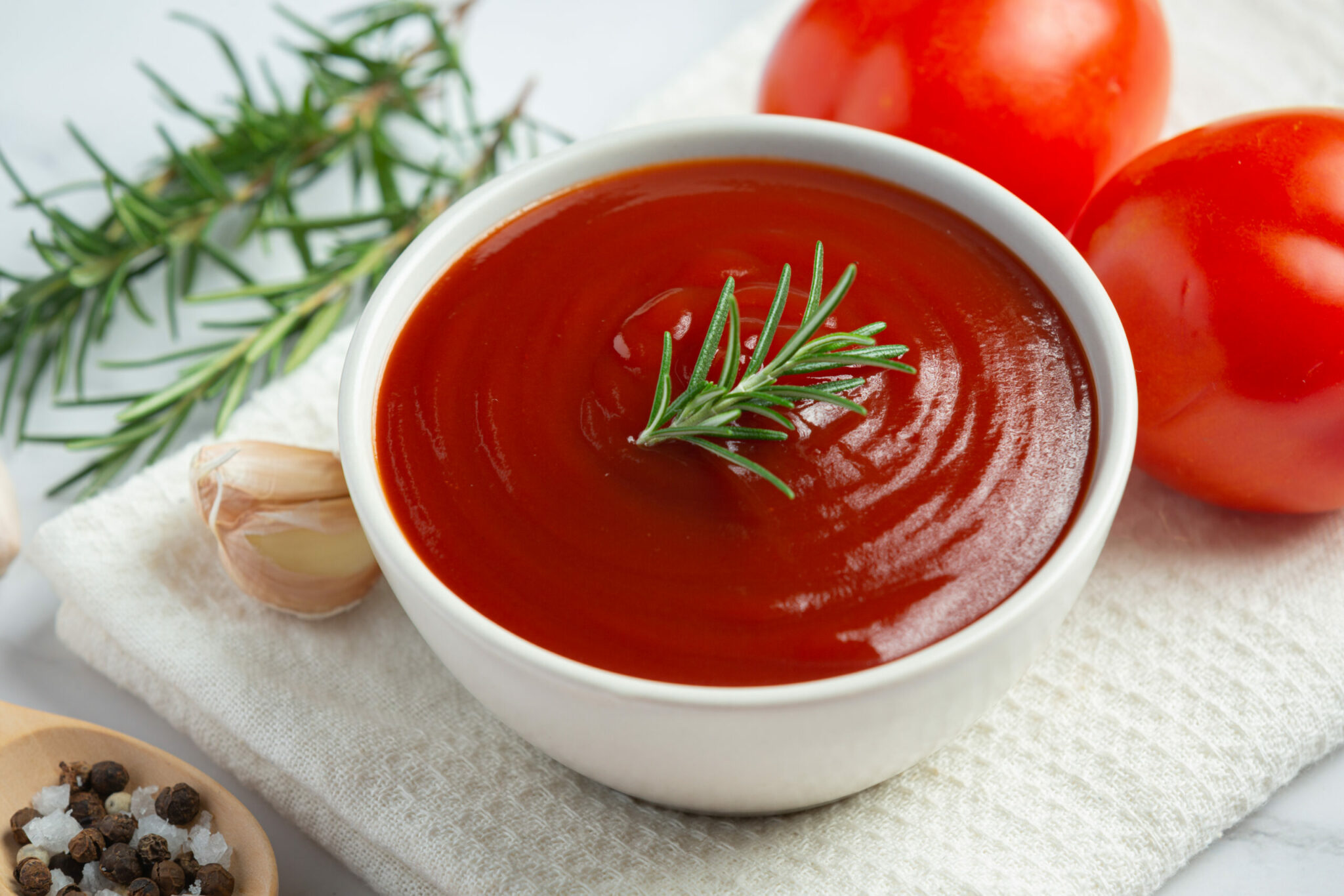
Tomato Paste Nutrition Facts
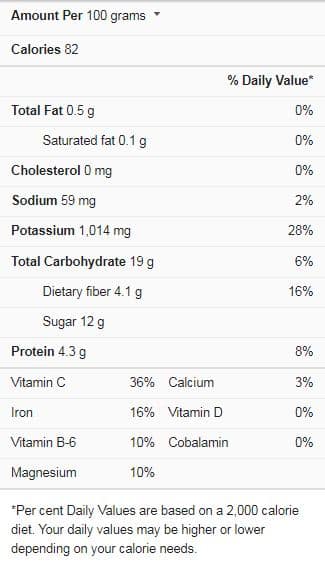
Tomato paste vs. Tomato sauce
Differentiating tomato paste from tomato sauce is pretty straightforward. By general distinction, tomato paste is a more concentrated tomato ingredient than tomato sauce. But other specific differences can be used to tell them apart.
Texture and consistency
Tomato sauce is more fluid, and this is because it contains more water. When you pour it into a container, tomato sauce spreads evenly and quickly. The flowing consistency of tomato sauce is also a result of it having lesser tomato solids. But tomato paste is thicker, as the pureed tomatoes are cooked, so the water content is highly reduced. This process also leaves more solids in tomato paste than tomato sauce and makes it denser and more concentrated.
Ingredients
Tomato sauce is more flavorful than tomato paste and because it contains various other ingredients. The key is to create a tomato-based ingredient you can use to infuse a rich blend of flavors into your recipes. And, because it contains more water, the extra herbs and spices are needed to lift the taste of tomato sauce. As such, you’ll find other items like garlic, salt, sugar, onions, olive oil, and other herbs in tomato sauce.
Tomato paste, however, only contains the only salt, and the addition of natural citric acid lifts its acidic tart. The acid also helps the paste to stay preserved.
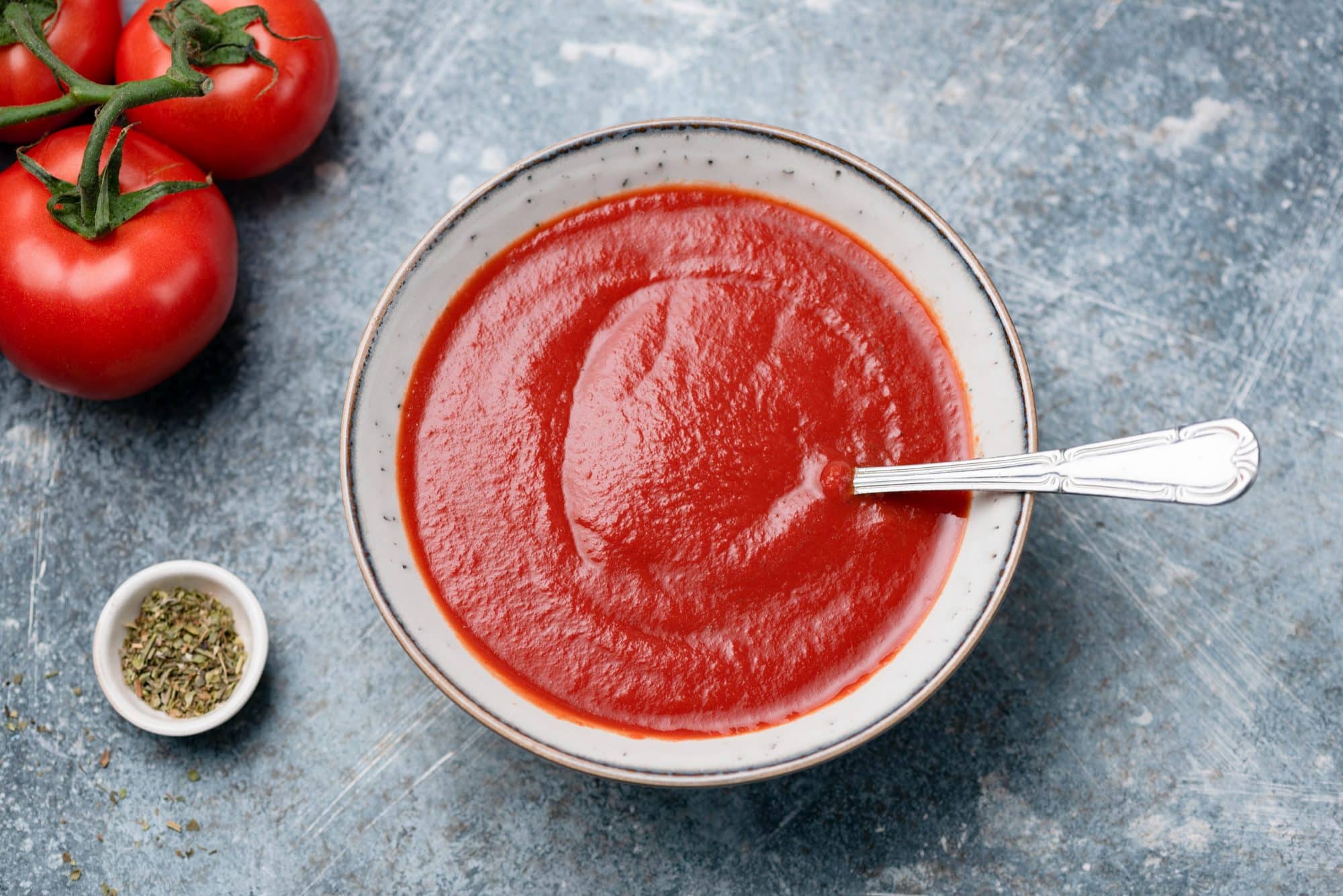
Taste and uses
Because it contains more ingredients, tomato sauce is tastier than tomato paste. But tomato paste is heavier in tomato flavor than tomato sauce. You’ll sense the tartness more in tomato paste than tomato sauce, and it reminds you of dried tomatoes. Tomato paste, however, tastes more like fresh tomatoes.
Tomato paste also has a more substantial umami potential, which makes it great for savory dishes. And a little of it is enough since tomato paste is highly concentrated. Tomato sauce is more at home in soupy recipes and shines in the presence of other great-tasting herbs and spices.
Tomato sauce also performs well as a base ingredient, especially for recipes that rely on lots of tomatoes. But tomato paste is best as a supporting ingredient used to enhance the tomato flavor in a dish and thicken.
Tomato sauce in recipes
Tomato sauce is a highly versatile ingredient that features a wide range of recipes. The rich, delicious taste and soupy consistency is highly welcomed in dishes like,
- Casseroles
- Stews
- Soups
- Sloppy Joes
- Pasta
- Beef recipes
- Sauces
- Chicken rolls
- Pizza
- Chicken tacos
- Noodles
- Lasagna
- Quinoa bake
- Meatballs
- Vegetable recipes
- Chili
- Pasta bakes
- Seafood dishes
- Pomodoro
- Ratatouille
- Chicken Parmesan
- Braises
- Pasta pies
Substituting tomato paste for tomato sauce
Tomato paste can be substituted for tomato sauce in numerous recipes, but you’ll need to apply a few hacks. This necessity is because tomato paste is thicker, has more solids, and is more concentrated in taste than tomato sauce. Also, tomato sauce contains many other flavor-enhancing ingredients which you won’t find in your typical tomato paste products.
The simplest way to substitute tomato paste for one cup of tomato sauce is to dilute ¾ cup of tomato paste with a cup of water. You’ll have to mix thoroughly, so the solids are also incorporated into the runny consistency. And when the diluted paste coats a wooden spoon without looking like a paste, you’re close to a tomato sauce’s thickness.
But you should note that while this will match the thickness of tomato sauce, it may still lack the same richness in flavor. And unless you only need the watery consistency of tomato sauce in your recipe (like in pasta), you’ll have to address this factor. But if your dish is a heavily seasoned one, this may not surface as a problem.
To address the taste difference in your tomato sauce substitute from tomato paste, try adding the same essential ingredients found in most tomato sauces. How you blend these ingredients depend on the flavor profile you seek from the tomato sauce substitute. As tomato sauce brands differ, so do their taste which is why you’ll find saltier, sweeter, or more savory options.
So, match this factor by increasing the salt, sugar, olive oil, garlic, and onion quantity in your diluted tomato paste. You can even add some sprinkles of pepper, paprika, marjoram, sea salt, thyme, or oregano to create your unique flavor palette. And for a more robust taste profile, consider a few drops of red wine, balsamic vinegar, or cream sherry.
Other helpful alternatives
You can also consider these other options for tomato sauce if you don’t have tomato paste.
Ketchup
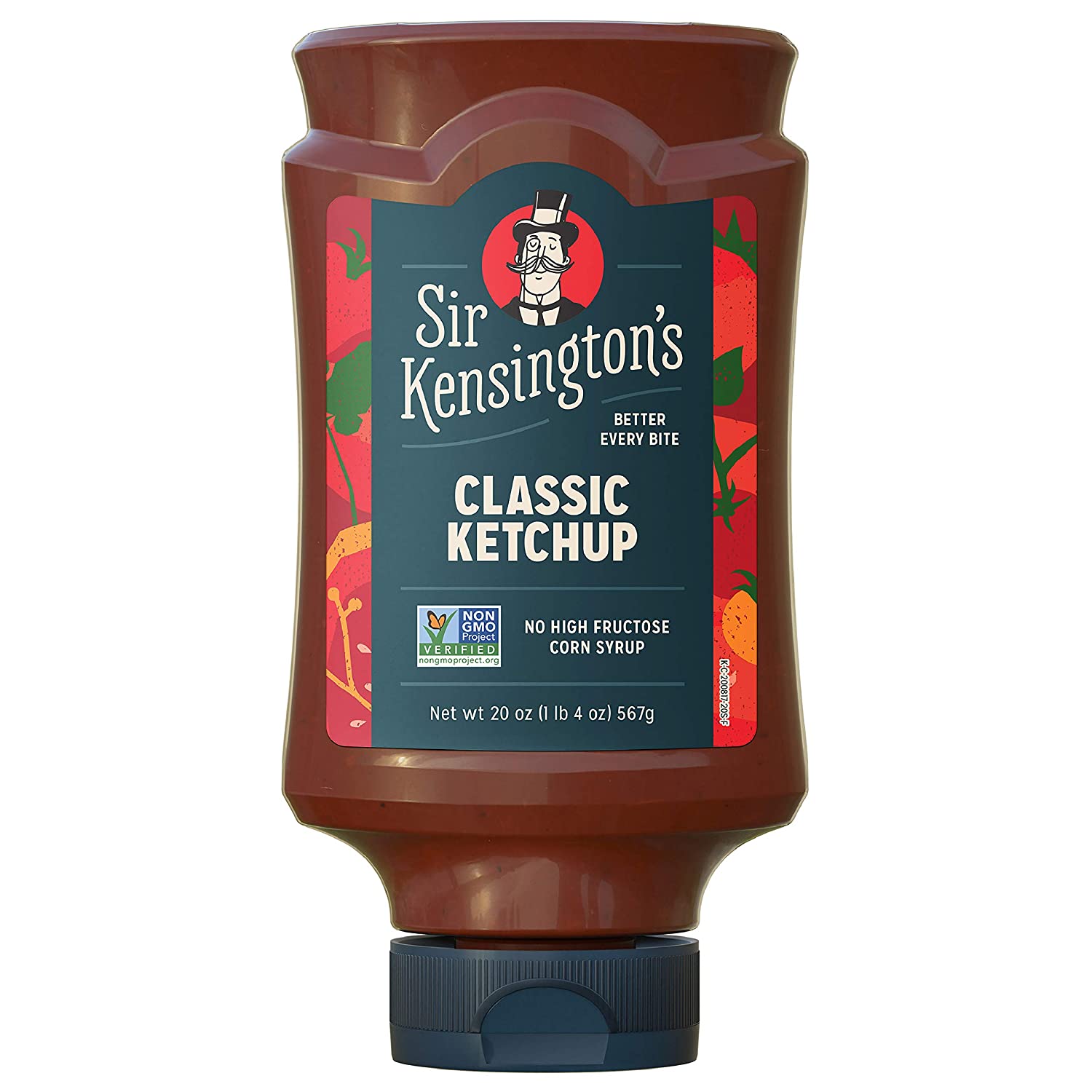
Ketchup shares a very similar consistency with tomato sauce, so it makes a great substitute. But ketchup tends to contain only sugar, so you’ll have to add some onion powder, garlic powder, salt, and a bit of olive oil. You can also include other spices and herbs, depending on the flavor profile you wish to accomplish. And you can swap ketchup for tomato sauce at equal ratios.
Canned tomatoes
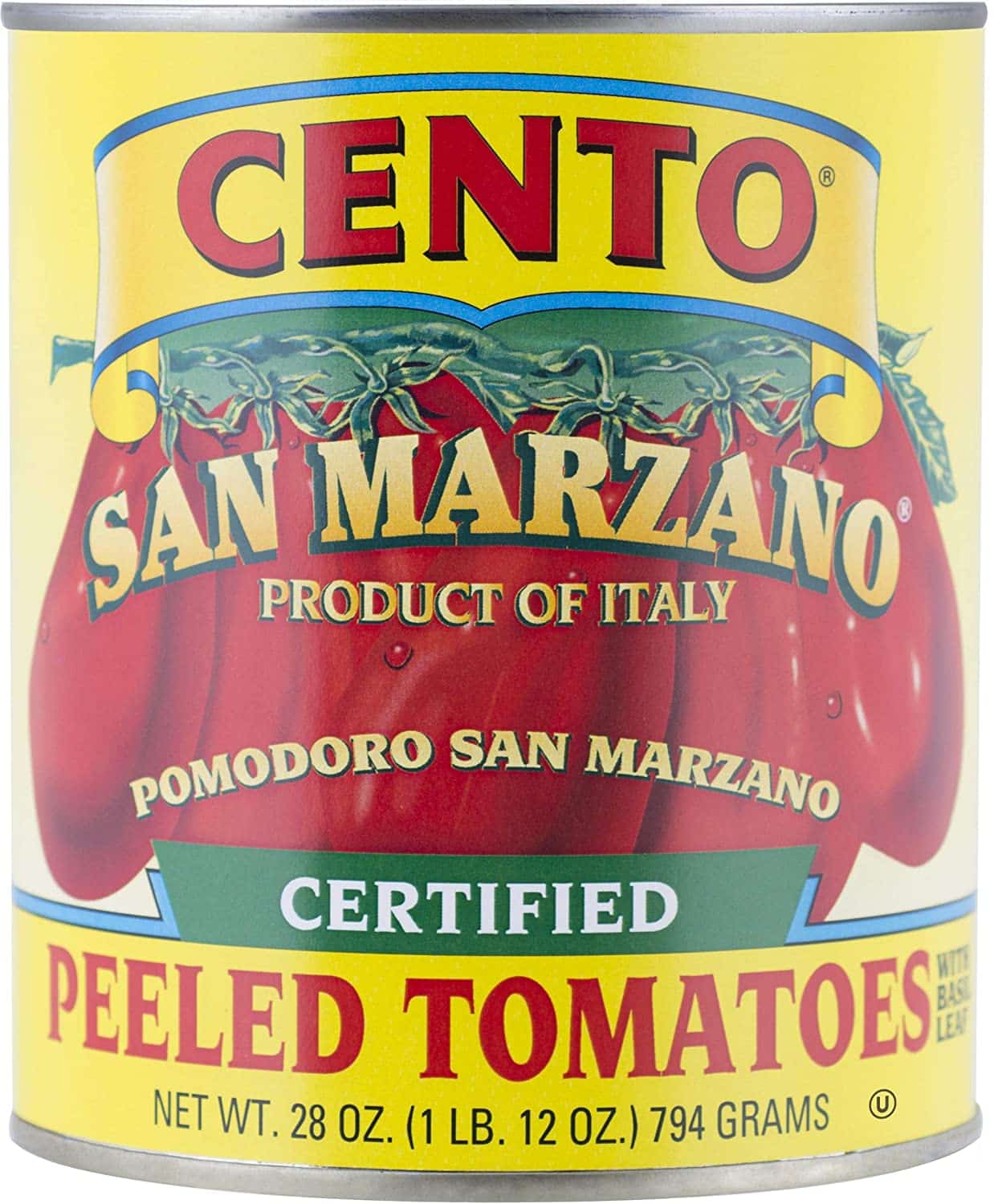
Any form of canned tomatoes will work great as a replacement for tomato paste. Pick a can of stewed, diced, whole, or crushed tomatoes, drain the liquid, and puree in a blender until you reach the tomato sauce’s consistency. If the result is too runny, you’ll also have to cook it for a bit. You can also cook for longer if you want something like the jarred tomato sauce. If the canned tomatoes don’t have any seasonings, add as you desire. And if it does, adjust the taste to your preference.
Tomato soup
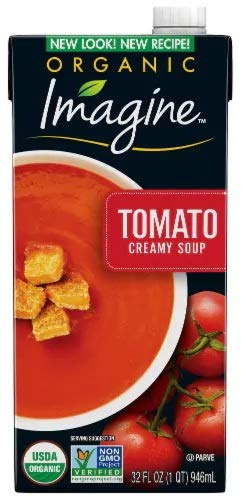
Tomato soup is sweeter, so to use it as a replacement for tomato sauce, you’ll need to adjust its flavor by adding other savory ingredients. And you can use 10 ¾ can of tomato soup to replace a cup of tomato sauce. But tomato soup is more watery, so reduce the wet ingredients in the recipe by ¼ to match the consistency of tomato sauce.
Frequently asked questions (FAQs)
How do you make tomato sauce less watery?
You can cook the sauce over low heat for a longer time, so the liquid evaporates. Adding a thickening agent to the tomato sauce is another tip, but make sure it works well with its acidic nature. As such, you can consider cornstarch or arrowroot flour as useful thickeners for tomato sauce.
Can you cook tomato sauce too Long?
Yes, you can. Tomato sauce tends to lose its flavor when left over the fire for too long. So, make sure to cook as minimally as possible. The best way is to reheat until it gets hot and take it down; this guarantees a richer tomato flavor.
How much tomato sauce equals 6 oz. Of tomato paste?
A 6-ounce can of tomato paste will give you about ¾ cup of tomato sauce. You can make sure you keep with the consistency by combining 3/8 cup of paste with half a cup of water to get a full cup of tomato sauce.
Conclusion
Since tomato paste is a tomato-based product, it makes an excellent substitution for tomato sauce. Remember these ideas, and you’ll always whip up a homemade supply of tomato sauce from your regular can of tomato paste. And you’ll never have to do without the rich taste of tomato in your dishes.
